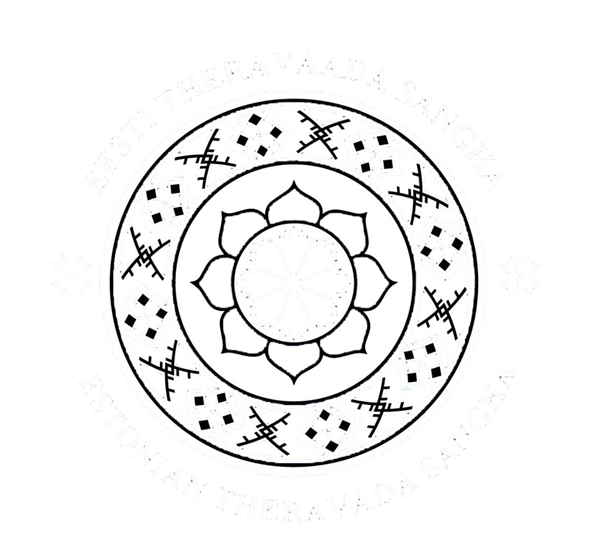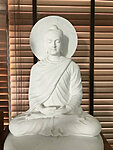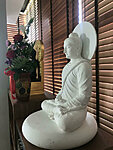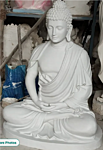THE BUDDHA SCULPTURE
INITIAL TASK
Create a Buddha sculpture on a pedestal that fits harmoniously into the Estonian cultural context.Different Buddhist traditions have developed a culturally based idea of what the Buddha might have looked like. A conventional Buddha statue in China resembles the Chinese, Thais in Thailand, etc. The goal is to create a Buddha sculpture/figure that fits harmoniously into the Estonian cultural context.
IDEA SOLUTION
- The main element is the personality of the Buddha, which must express the grandeur, the essence of an enlightened being, while being simple and realistic. The main keywords that characterize tai are: "harmony", "peace", "joy", "balance", "tranquility" and "ecstatic bliss".
- The Buddha must sit in a full lotus or half lotus position, hands placed on top of each other in the lap (so-called meditation position), eyes closed. The face must express peace and foreboding joy, clarity and bliss. The earlobes must be pendulous and have an elongated hole, the head is bald. The robe must cover the entire body, except for the head, neck, hands and feet (see examples in the appendix). There can be a base under the statue (plain, with lotus motifs, etc.).
- The material to be used is up to the artist, but must allow for the making of the form in the future.
- The sculpture must be easily and reasonably maintained and maintain its appearance and form over time.
- The sculpture must not have parts that pierce, cut or otherwise cause injury to a person who comes into contact with the sculpture. The height of the sculpture should be 1.5 to 2 meters and it must be placed on a platform 0.5 to 1 meter high.
If necessary, ideas related to already created Buddha sculptures can be used (see examples below).
A prerequisite is the consent of the author to transfer the property rights of the created work to the ETSK or the granting of permission for indefinite use and reproduction of the work.
Laekunud pakkumised:



